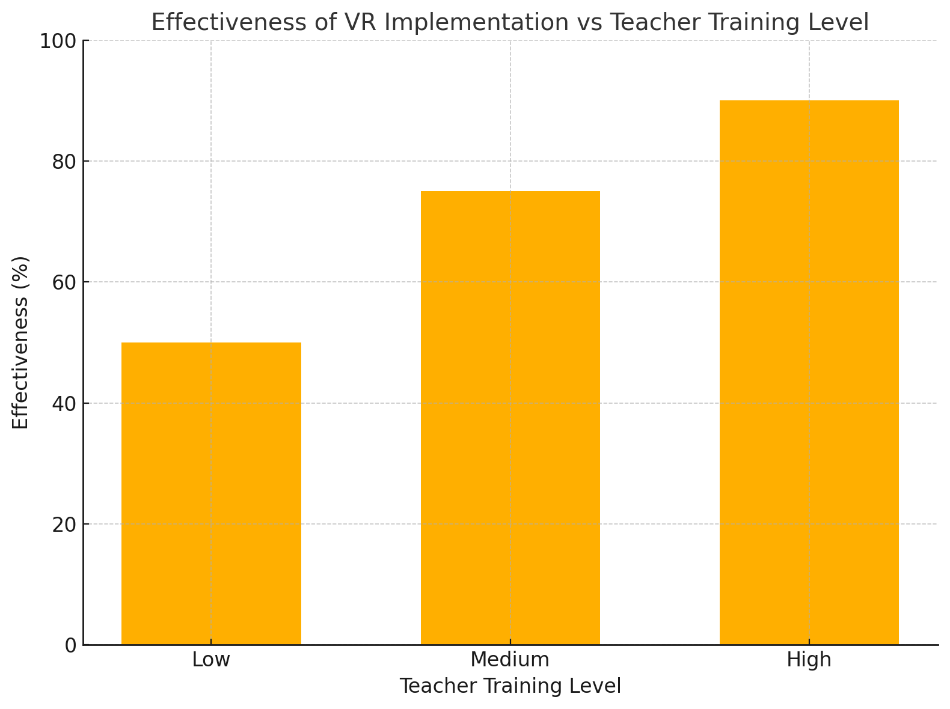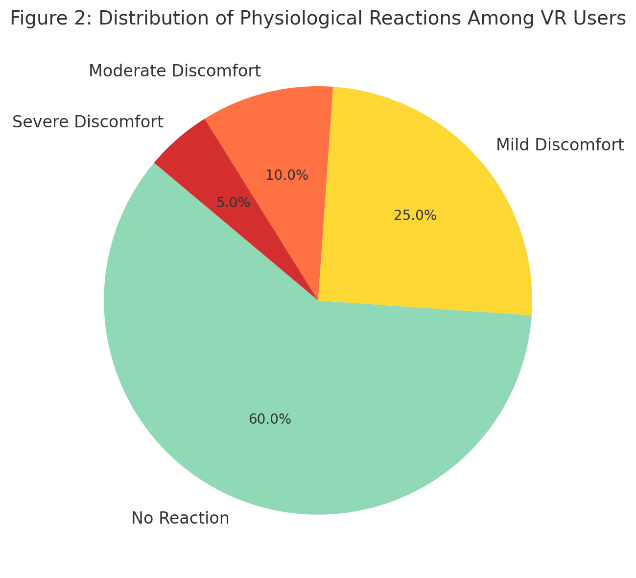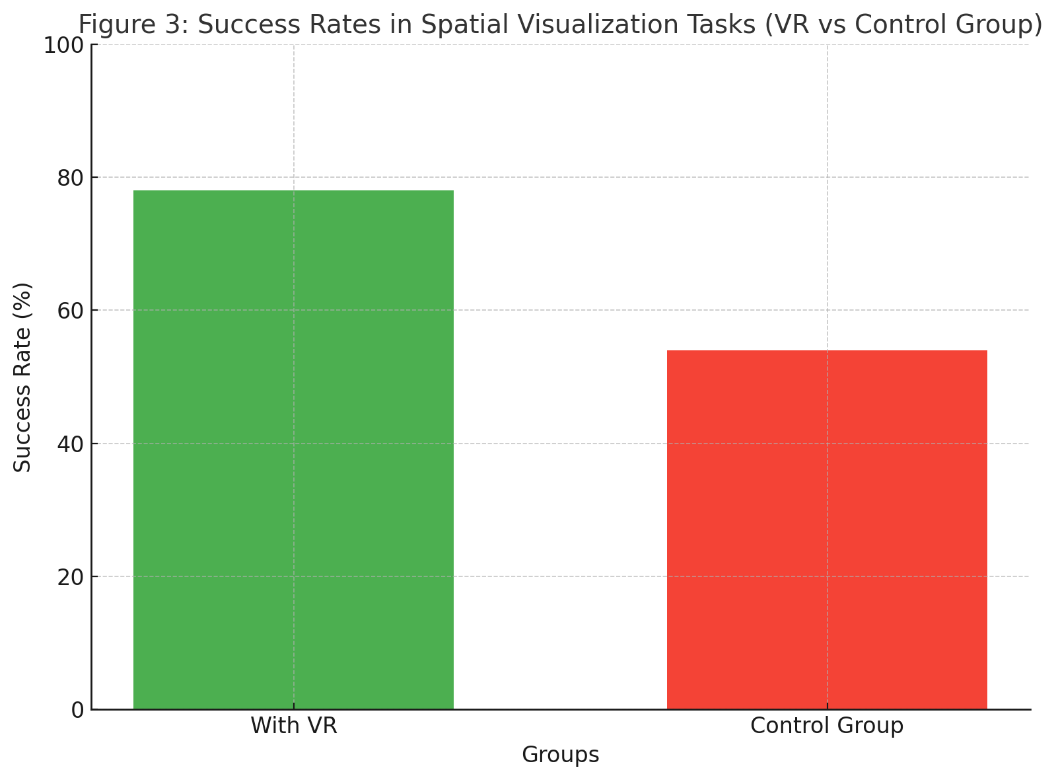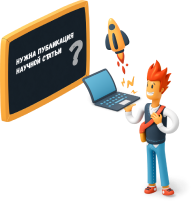1. Introduction
The topicality of the subject
Indeed, modern education is still in a stage of active digital transition due to innovation in the technologies that are in use. Among them, the special place is occupied by the deployment of augmented reality (AR) and virtual reality (VR) technologies which paves the way towards the further development of the learning-teaching process. Students become frustrated and lose motivation because in the traditional approach to mathematics, it is often hard to visualize them. Generally, it contributes to the limitation that this approach cannot be applied in the current conventional ways of teaching where students and lecturers are physically apart, but AR and VR make it possible to overcome this barrier due to rich interactive and visual presentation of information.
AR and VR technologies make it possible to translate patterns of reasoning to tangible representations, and help realize what taken in isolation they cannot represent. For instance, a student can manipulate three-dimensional geometric objects, watch how they behave in real time or examine function graphs. It thus fosters an effective engagement and participation of students and enriches students’ appreciation and learning of the material in question.
For these reasons, applications of AR and VR in education can be considered as an actual issue for further research and practice. It is particularly important for schools in developing countries such as Iraq, where the update of learning processes can greatly enhance the quality of the learning process.
1.2. Objectives of the research
The major rationale for this research is thus to investigate how augmented and virtual reality applications may influence the learning of Mathematics. Specific tasks include:
1. Involvement of the prospects of AR and VR application for visualization and demonstration of math in details.
2. An assessment of the advantages of embracing the mentioned technologies to enhance students’ interest.
3. A closer look at the difficulties and constraints of implementing AR and VR in learning.
4. Providing guidelines for the application of augmented and virtual reality technologies enhanced learning environment in the educational facilities of Iraq.
The holistic analysis in this area will allow determining how one or another newly developed technological accomplishment can support the construction of the additional educational opportunity for the students with the different levels of training and become the basis for further progression in educational processes at the next stages.
2. Teaching Math Education through AR and VR
2.1. Illustration of concepts such as graphs, shapes, figures, and more so on for the purpose of teaching and making a concept sensible
It was stated that one of the issues in teaching mathematics is the lack of ability to visualize and comprehend ‘concrete’ targets – geometrical objects in many dimensions, functional relationships, spatial positions, etc. Due to the availability of AR and VR interface, some of these barriers can be addressed by use of 3D models and data visualization.
Using special applications on the students’ mobile devices or wearing special glasses, the students can see the polyhedra displayed in augmented reality incorporated into the real environment. These models enable one to explore vertices, edges and faces and their characteristics in dynamics. For instance, we have GeoGebra AR that enable students to visit surfaces and graphics straight on their phone screen.
VR environments also offer even more chances of presence. One of the most valuable features of virtual reality, such as Oculus Medium is the ability to build and manipulate three-dimensional objects; this is especially important when studying spatial interdependence. Especially when it’s needed to get insights about the object rotation, symmetry or data visualization in 3D environment.
2.2. Comprehension of various linear equations
The second major area of applicability of AR and VR is in aiding learning of difficult operations, problems and disguised information in algebra. Virtual reality one can represent algebraic functions in the form of three-dimensional figures, which can be observed in different perspectives. It assists the students to understand the correlation between the various parameter of the functions and its graphical presentation.
Software products like MathVR allow working with changes of the values of function graphs to be represented interactively. For example, when varying the coefficients of a quadratic power function, students can watch how the graph of a parabola transforms, how the position of its vertex changes or the direction of the branches or how it is displaced along axes.
It also captures range, derivatives and integrals, which to be explained and solved, can now be modeled in real time using AR and VR. This enhances a better and more natural grasp of all the content that is being taught.
2.3. Solving real problems
Probably the most relevant use of AR and VR is in practicing real scenarios where use of mathematics is characteristic. For example, using these technologies, virtual simulations can be created in an attempt to determine the volume of building material needed or as an attempt to solve a statistical analysis equation or as a means of analyzing stock exchange data.
The game scenes derived from AR and VR enhance the possibility to show the real-life application of mathematics knowledge. For instance, a virtual simulation of building construction may involve activities of area and volume computation, angle estimation by calculus, and loads estimation on the structure.
2.4. Gaming approaches to learning
AR and VR were exposed in the framework of the process of gamification in learning. Gamification helps excite students to learn such difficult course material and to compete, as well as succeed at problem-solving.
Concept knowledge can be reinforced through AR games, for instance, during virtual quests to solve equations or to try to find objects with number and operation sense. Some of the most notable VR games are; VR Math Adventure where children perform graphing assignments, solving geometrical problems do assignments within virtual worlds where all the worlds’ activities can only be done using mathematics.
Learning results from gamification not only in terms of engagement but also concerns creativity, solving capabilities as well as teamwork. This makes learning much more fun and easier to remember what one has learnt in class.
3. Benefits of using AR and VR
3.1. Increasing engagement
Among substantial benefits of applying the augmented and virtual reality tools one of the most important is the enhanced engagement of students into the learning process. It is more effective than other methods because while the lesson is in process students often find ways to distract themselves, whereas AR and VR can make learning engaging and fun. This not only helps to develop interest to the subject, but also to enhance concentration needed when learning mathematics in particular.
3.2. Acquisition of a detailed knowledge of contents
AR and VR afford simple ways to explain and implement mathematical concepts which actually might be ineffective or abstract. For example, shapes within the virtual environment are illustrated in a three-dimensional format so students are able to have that added advantage of feeling and perceiving the properties of the shape as well as understanding its relation to other aspects of mathematics. Technomovement allows the student to easily understand things that are not easily described intuitively, for instance, spatial orientation or an altering of graphs.
Individualized education
AR and VR help making changes in educational content depending on the needs of students. Training applications based on these technologies can be designed to offer individual learn-tasks, the rate of mastering the material can be included in to the process and the feedback can be immediate. This is especially beneficial when used with students at different stages of training, since each student will be able to freely work with the material.
3. Skills development
Erstes aus der aktuellen AR und VR Umgebung hervorzugehen ist die Möglichkeit, dass diese Plattformen es für Schlüsselstudenten ermöglichen, geistig an verschiedenen Aufgaben gemeinsam zu arbeiten. That is why such approaches can help in the formation of teamwork skills, which is the relevant trend of the modern educational process. For instance, the tutorial type facilitates students’ cooperation in math problem solving or in creating conditions that replicate actual situations, which evolves group cooperation.
3.5. Increased motivation
The application of the latest technologies in the educational process per se motivates the stakeholders. The likelihood of getting into an exciting virtual world and are given an opportunity to makes mathematics fascinating to students compel them to learn. The additional attention greatly enhances the learning achievements of the students, as well as increasing their interest in the process.
4. Challenges and constraints
Financing costs.
The high cost of the equipment and application of augmented and virtual reality assets are among the significant challenges of integrating these technologies into the educational process. Some of the quality related devices include Virtual Reality headsets and Augmented Reality devices that cannot easily be accessed by schools and universities especially in areas of scarce resources. However, software, exclusive for education, is characterized, in many occasions, with large cost outlay. This keeps off the otherwise rapid integration of technology in learning institutions, especially in the developing world.
Example: The equipment of the class, 20 sets of VR headset and all the requisite software cost $50000-$60000 of which is an expensive investment.
Need for Training
The incorporation of AR and VR in learning setting thus necessitates a proper training of teachers. Teachers are required not only to know new technologies but also to use them in teaching in a way that interferes as little as possible with their main focus – mathematics. The problems of staff training and the lack of time for such training as well as the absence of specialized advanced training programs form additional challenges for the implementation of AR and VR.
Example: The following graph presents the correlation of training degree of teachers and effectiveness of application of VR tools into the educational process.

Figure 1. Effectiveness of VR implementation vs teacher training level
4.3. Content Limitations
Another notable difficulty is the creation of educational content for distribution that targets each program of study present throughout the curriculum. Some existing mobile applications for the purpose of augmented reality and virtual reality learning lack compliance to educational curriculum or else lack coverage on certain areas of learning that is vital for study. Developing and producing useful, appealing and engaging content involves time and money most of the time.
Example: The following is a comparison between available applications of VR for learning geometry Explained below is a table outlining applications available for learning geometry through the VR.
Table 1.
Comparison of AR and VR Applications for Mathematics Education
|
Appendix |
Topics |
Interactivity level |
Standards compliance |
|
GeoGebra |
Geometry and Algebra |
High |
High |
|
VR Math Adventure |
Geometry |
Medium |
Medium |
|
MathVR |
Algebra, analysis |
High |
Low |
Technical Constraints
Despite the active development of both concepts of AR and VR, they still have many technical challenges ahead of them. For instance, VR devices necessitate the imposing computation that possibly schools using old computers cannot afford. The last issue has been also appearing problems with the connections to the Internet especially in remote areas to help download and use online resources and updates.
4.5. Potential distractions
Another problem is that a significant challenge is that [The popularity of online classes] is too far away from the primary educational purpose. If the applications are developed with entertainment as the key-concept then the student is likely to consider the application as a toy, not a tool for learning math. Hence content of the applications is relevant to learning objectives and It aims at the development of mathematical skills.
4.6. Ethical along with Physiological consideration
While wearing the VR headsets there are discomforts that users might experience like dizziness or contracting eye strain they get dizzy when they are using the VR headsets. There are also concerns connected with personal data safety as customers’ information is gathered by a number of AR and VR tools. It means that ethical norms need to be worked out, and the confidentiality rules in learning context have to be followed. Example: The following diagram depicts the distribution of physiological changes in users of VR.

Figure 2. Distribution of physiological reactions among VR users
CASE STUDIES
5.1. Some of the areas that have been put into practice in applying the application of VR in geometry learning.
In a number of experiments performed in different educational establishments the application of virtual reality (VR) in geometrical learning has been shown to be efficient. Such examples only show how positive student engagement and other forms of instructive pedagogy can enhance students’ knowledge and comprehension of corresponding spatial scenarios.
Case 1: Secondary School Study
In one of the schools, the corresponding study was carried out by using the substantive experiment and according to it, students applied a VR platform to study three-dimensional geometric objects. Comparative analysis with the data received in the control group indicated that 78% of students who used VR managed to solve the problems on the visualization of the spatial figures successfully, whereas only 54% of students chose in the control group.

Figure 3. Success Rates in Spatial Visualization Tasks (VR vs Control Group)
Case Study 2: Virtual Labs
At the university there was created a virtual laboratory where students could deal with various forms, for example, polyhedra and hyperbolic ones. This led to increase achievement in geometry exams by 35%. The basic findings are summarized in the table below.
Table 2.
Average scores before and after using VR in education
|
Group |
Average score (before VR) |
Average score (after VR) |
Change |
|
Control group |
68 |
72 |
4 |
|
Practical |
65 |
88 |
23 |
5.2. Application of AR in understanding of functions
AR technologies are used to map 3D models onto algebraic graphs, as well as to enhance comprehension of such functions. In such projects, the focus is made on real-time communication of students with charts.
Case study 1: Function learning application
In one of the schools the students applied the GeoGebra AR application in the context of the learning of graphs of quadratic functions. They could see how when the establisher of the equation altered the coefficients, the direction of the parabola changed as well. In the test, a higher percentage of 85% did distinguish the relationship between the function parameter and the schedule as against the 60% in traditional training.
Box 2: Visualization of trigonometric functions
Students applied AR applications to display sine & cosine as waves that are in motion. I found: It was beneficial because it allowed them to see the dependencies between the amplitude, the frequency, and the phase shift. Below is the table of the test results.
Table 3.
Comparison of traditional training vs training with AR
|
Subject |
Traditional training |
Training with AR (%) |
Increase |
|
Quadratic Functions |
60 |
85 |
25 |
|
This is trigonometry |
50 |
78 |
28 |
Although there are many problems and constraints associated with the use of augmented and virtual reality technologies, these methodologies are exceptionally powerful in the reformation of mathematical education. The deployment of these technologies can only be successful following a systematic way that consists of affordable hardware, teachers’ training, and the production of high quality content. When they solve existing problems, AR and VR can be an effective means for increasing the efficiency of education and creating new generations of specialists.
Список литературы
- Azuma, R.T. A Survey of Augmented Reality // Presence: Teleoperators and Virtual Environments. — 1997. — No. 6 (4). — P. 355-385
- Billinghurst, M., Dünser, A. Augmented Reality in the Classroom // Computer. — 2012. — No. 45 (7). — P. 56-63
- Freina, L., Ott, M. A Literature Review on Immersive Virtual Reality in Education // eLearning & Software for Education. — 2015. — No. 1. — P. 133-141
- Wu, H. K., Lee, S. W. Y., Chang, H. Y., Liang, J. C. Current Status, Opportunities and Challenges of Augmented Reality in Education // Computers & Education. — 2013. — No. 62. — P. 41-49
- Chen, C. H., Liu, G. Z., Hwang, G. J. Interaction Between Gaming and Cognitive Styles in Augmented Reality-Based Mathematics Mobile Learning // Computers & Education. — 2016. — No. 102. — P. 218-231
- Dede, C. Immersive Interfaces for Engagement and Learning // Science. — 2009. — No. 323 (5910). — P. 66-69
- Merchant, Z., Goetz, E.T., Cifuentes, L., Keeney-Kennicutt, W., Davis, T.J. Effectiveness of Virtual Reality-Based Instruction on Students’ Learning Outcomes in K-12 and Higher Education: A Meta-Analysis // Computers & Education. — 2014. — No. 70. — P. 29-40



